Vietnam’s markets burst with color, its workshops hum with centuries of craftsmanship, and its streets buzz with vendors offering treasures both traditional and trendy. For travelers seeking memorable souvenirs and authentic keepsakes, the things to buy in Vietnam range from handcrafted art pieces to aromatic coffee beans that tell the story of this diverse nation. At Phieu Travel, we’ve wandered through countless markets and villages to uncover the most meaningful purchases that capture Vietnam’s spirit items that will transport you back to misty mountains, bustling cities, and tranquil coastlines long after your journey ends.
1. Top Vietnamese Souvenirs
Vietnam offers a treasure trove of souvenirs that perfectly capture the country’s rich cultural heritage and artistic traditions. From meticulously crafted handicrafts to everyday items with distinctly Vietnamese touches, these souvenirs provide tangible memories of your travels. At Phieu Travel, we’ve observed that the most cherished items often combine beauty with cultural significance pieces that not only decorate a home but also tell a story.
1.1 Must-Have Gifts
Non la (conical hats) remain among Vietnam’s most iconic souvenirs, handwoven from palm leaves and painted with delicate scenes of rural life. These practical pieces of everyday Vietnamese culture make for both decorative wall hangings and functional sun protection. Many travelers also gravitate toward Vietnamese silk products, including scarves, ties, and table runners, available in vibrant colors and intricate patterns that showcase traditional weaving techniques.
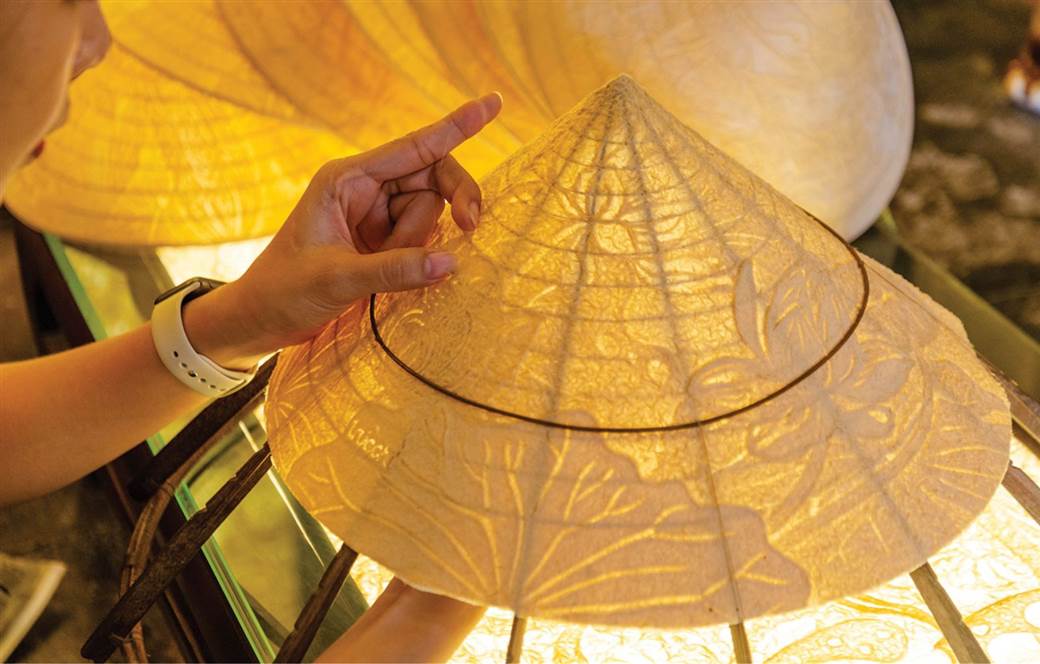
Lacquerware represents another quintessential Vietnamese craft, with artisans creating stunning decorative boxes, trays, and bowls layered with rich colors and often inlaid with eggshell or mother-of-pearl. These pieces require months of painstaking work, with each layer of lacquer polished to a high shine before the next is applied. Water puppets make for unique souvenirs too miniature versions of the puppets used in Vietnam’s famous water puppet shows transport a piece of performing arts tradition to your home.
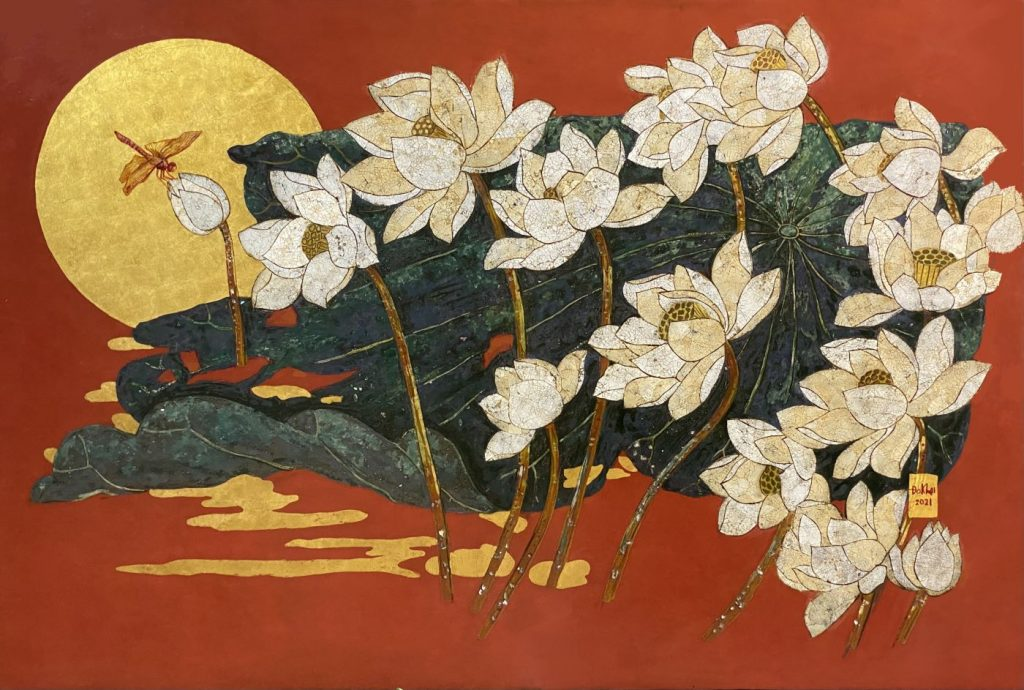
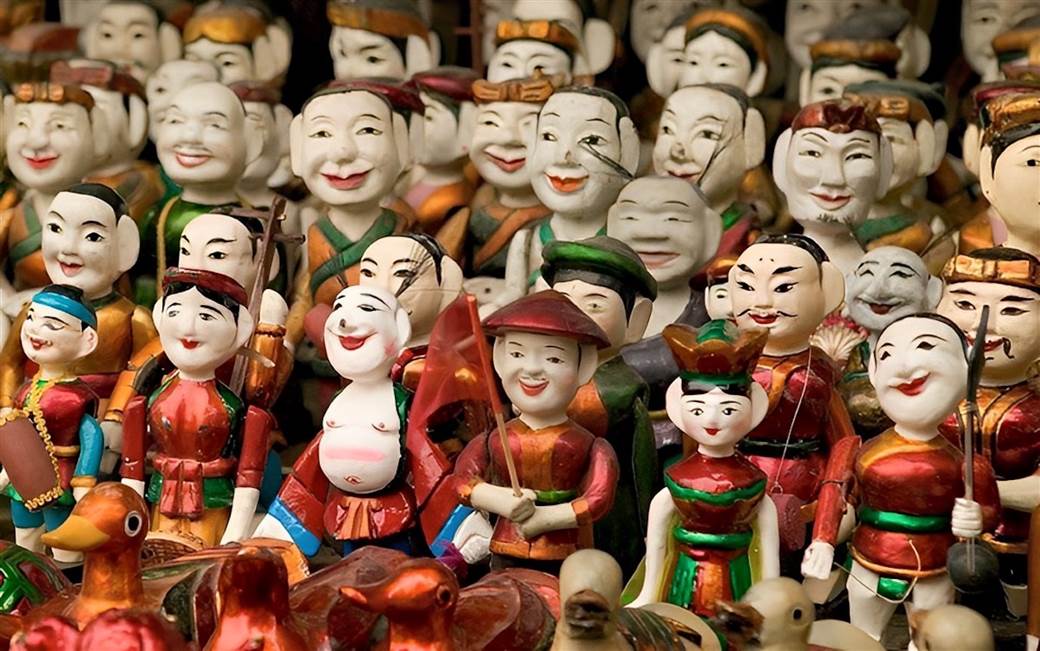
For affordable yet meaningful gifts, Vietnamese paper products offer beautiful options. Dó paper, made from the bark of the rhambo neuron plant, features in exquisite handmade notebooks, cards, and lanterns. The ancient art of đồng hồ paintings delicate scenes painted on rice paper provides another lightweight, packable option that beautifully captures Vietnam’s landscapes and daily life.
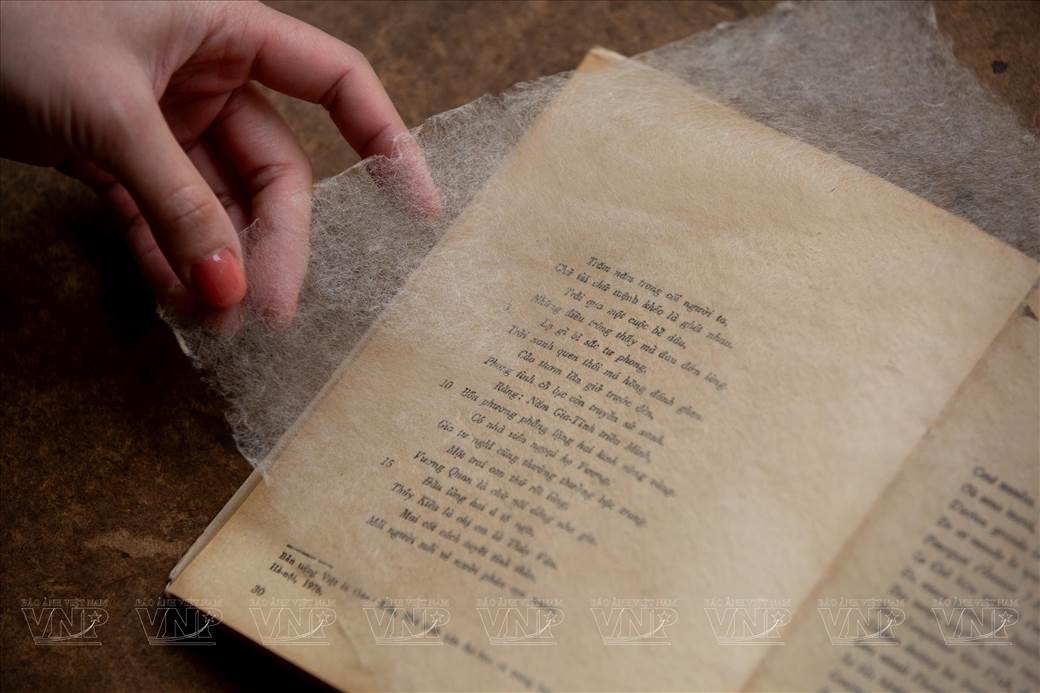
1.2 Unique Local Finds
Beyond the typical souvenirs, each region of Vietnam produces distinctive items worth seeking out. In the northern highlands around Sapa and Ha Giang, Hmong textile products showcase remarkable indigo dyeing techniques and intricate embroidery that tell stories through patterns and symbols. These fabrics transform into stunning wall hangings, pillow covers, and shoulder bags that support local artisan communities.
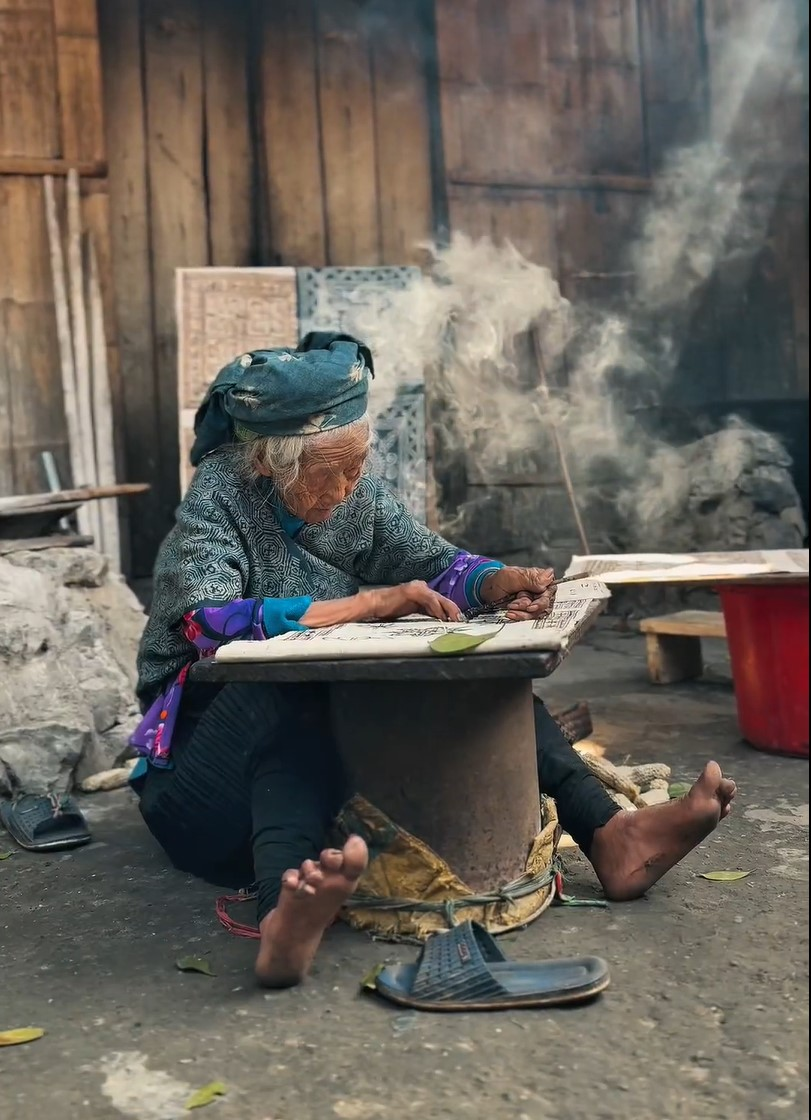
Sand paintings from Mui Ne present another distinctive souvenir, with artisans using naturally colored sands to create layered scenes inside glass bottles. Each bottle requires extraordinary patience and precision, with different colored sands forming landscapes, figures, or animals in striking detail. In coastal regions, items crafted from sea grass including baskets, placemats, and decorative objects offer eco-friendly souvenirs with practical applications.
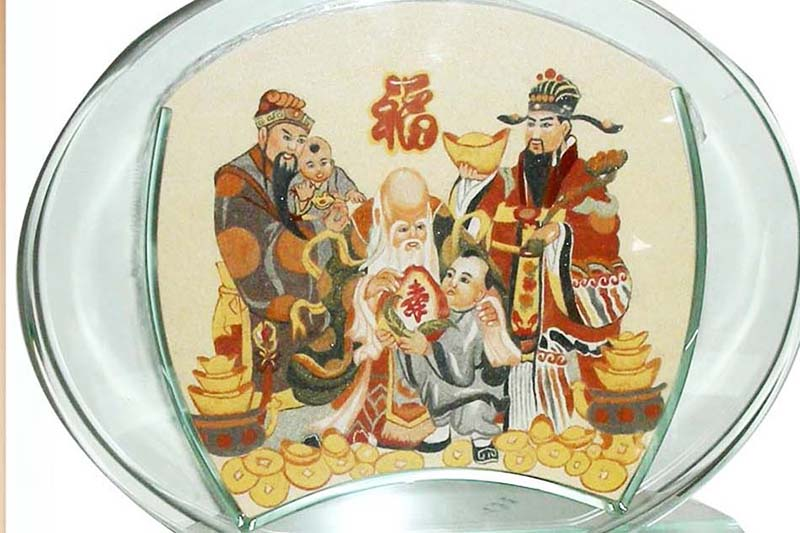
For music lovers, traditional Vietnamese instruments like the đàn bầu (monochord) or smaller flutes make for conversation-starting souvenirs. While full-sized instruments may challenge your luggage space, miniature versions serve as meaningful decorative pieces. Handmade toys using recycled materials, particularly tin toys crafted from discarded cans, showcase Vietnamese creativity and provide unique gifts for children or collectors.
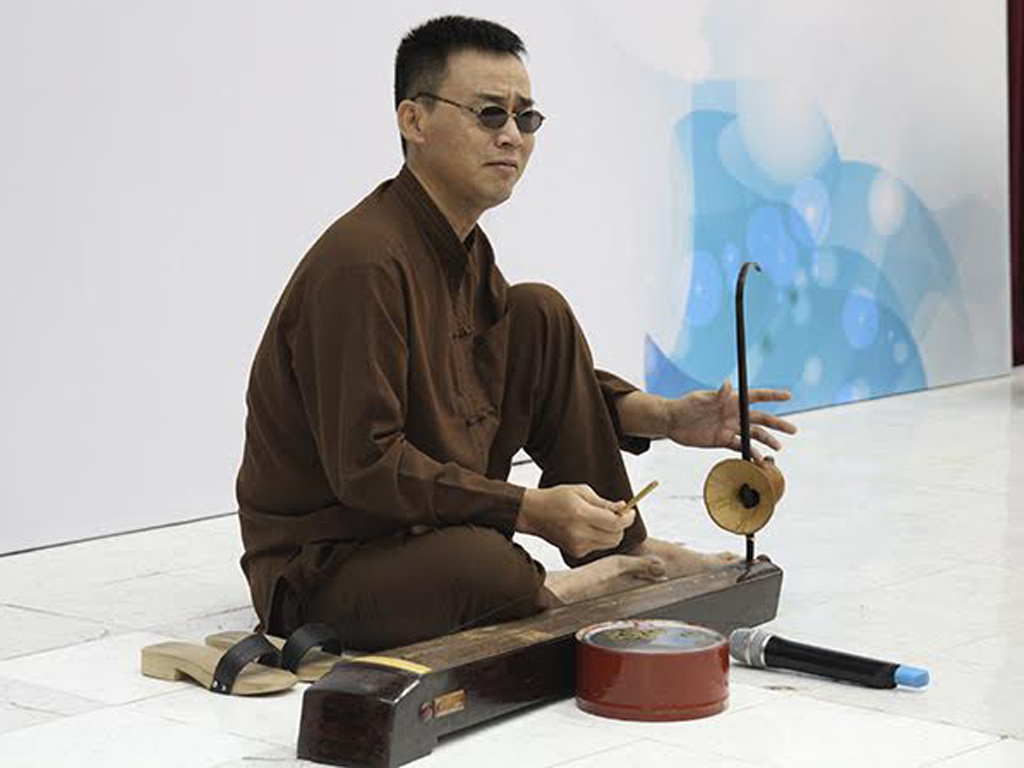
Lung Tam Weaving Village: The Living Heart of Hmong Linen Craft in Ha Giang
2. Traditional Handicrafts & Art
Vietnam’s artistic traditions stretch back thousands of years, with techniques passed down through generations of skilled artisans. Each region boasts its own distinctive craft traditions, influenced by local materials, historical developments, and cultural exchanges. At Phieu Travel, we believe these handicrafts offer more than beautiful keepsakes they provide windows into Vietnam’s soul and support communities preserving invaluable cultural heritage.
2.1 Embroidery
Vietnamese embroidery ranks among the world’s finest, with artisans creating works of astonishing detail and beauty. In northern Vietnam, particularly around Hanoi, artisans practice XQ embroidery, creating thread paintings so detailed they’re often mistaken for actual paintings from a distance. These pieces can require months of work, with skilled embroiderers using tiny stitches in hundreds of thread colors to create portraits, landscapes, and scenes from daily life.
The embroidery traditions of Vietnam’s ethnic minorities deserve special attention. Hmong embroidery features geometric patterns in vibrant colors, while Dao red embroidery incorporates symbolic motifs believed to ward off evil spirits. These pieces often decorate clothing, blankets, and ceremonial textiles, with techniques varying between different villages and family lineages. When purchasing ethnic minority textiles, seek out fair trade shops that ensure artisans receive appropriate compensation for their work.
Modern Vietnamese embroiderers have expanded traditional techniques to create contemporary designs on clothing, accessories, and home goods. In Ho Chi Minh City and Hanoi, boutiques showcase embroidered linen dresses, cotton shirts with subtle embroidered details, and modern takes on traditional patterns. These pieces blend Vietnam’s artistic heritage with contemporary design sensibilities, creating wearable art that connects past and present.
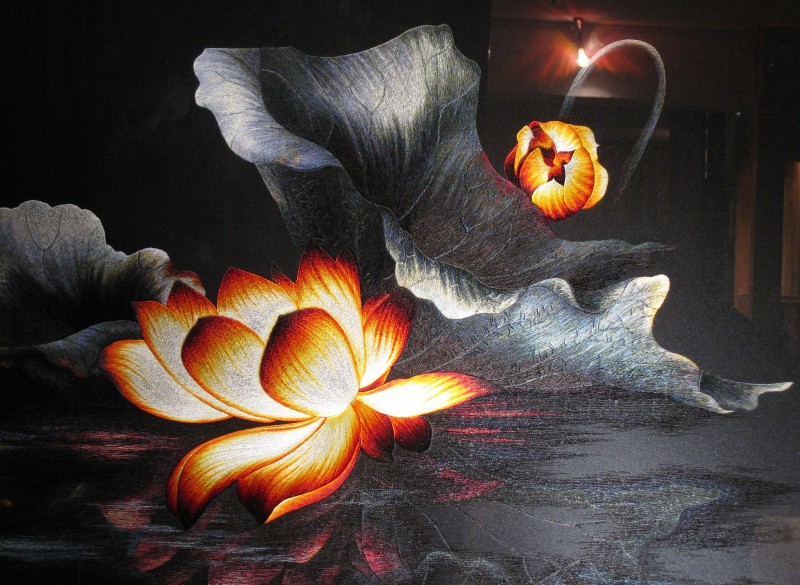
2.2 Lacquerware
Lacquerware represents one of Vietnam’s most sophisticated artistic traditions, with roots stretching back to ancient times when lacquer served as both decoration and protection for wooden objects. Traditional Vietnamese lacquer, called sơn mài, derives from the sap of the lacquer tree (Toxicodendron succedaneum) and undergoes an elaborate production process. Artists apply multiple layers of lacquer, often incorporating materials like gold leaf, eggshell, or mother-of-pearl between layers, then polish each surface to reveal luminous depths of color.
Bat Trang village near Hanoi and pockets of artisans in Hue produce exceptional contemporary lacquerware, from decorative plates and boxes to furniture pieces requiring months of work. Small lacquered jewelry boxes make excellent souvenirs, offering practicality alongside artistic value. Look for pieces with the smooth, substantial feel that indicates multiple lacquer layers the hallmark of quality workmanship.
While traditional lacquerware employs red, black, and gold as primary colors, contemporary artists have expanded this palette to include vibrant blues, greens, and purples. Many artisans now create lacquer paintings, a twentieth-century innovation that has become a distinctive Vietnamese art form. These paintings combine traditional techniques with modern compositional approaches, offering sophisticated art pieces that distill Vietnam’s aesthetic sensibilities.
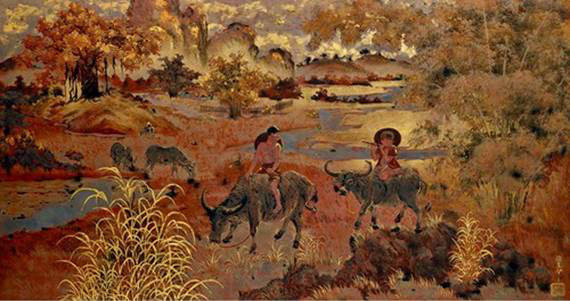
2.3 Ceramics
Vietnamese ceramics enjoy a history spanning over 2,000 years, with distinct regional styles developing across the country. The blue-and-white ceramics of Bat Trang village near Hanoi continue centuries-old traditions, with designs reflecting Chinese, Japanese, and distinctly Vietnamese influences. These pieces range from everyday tableware to elaborate decorative items, all showcasing the smooth, translucent quality that distinguishes fine Vietnamese porcelain.
In central Vietnam, Thanh Ha pottery village near Hoi An produces earthenware in warmer tones, with artisans creating both decorative and practical pieces. The terracotta products from Bien Hoa in southern Vietnam offer yet another ceramic tradition, with a distinctive red-brown color and often unglazed finish. When shopping for ceramics, consider practicality alongside beauty plates, bowls, and tea sets provide daily reminders of your Vietnamese adventures.
Contemporary Vietnamese ceramic artists have begun pushing boundaries, creating innovative pieces that honor traditional techniques while exploring modern forms and glazes. In Hanoi and Ho Chi Minh City, galleries showcase these cutting-edge ceramics, which make for truly distinctive souvenirs. While transporting ceramics requires careful packing, many shops offer international shipping services for larger or more fragile pieces.
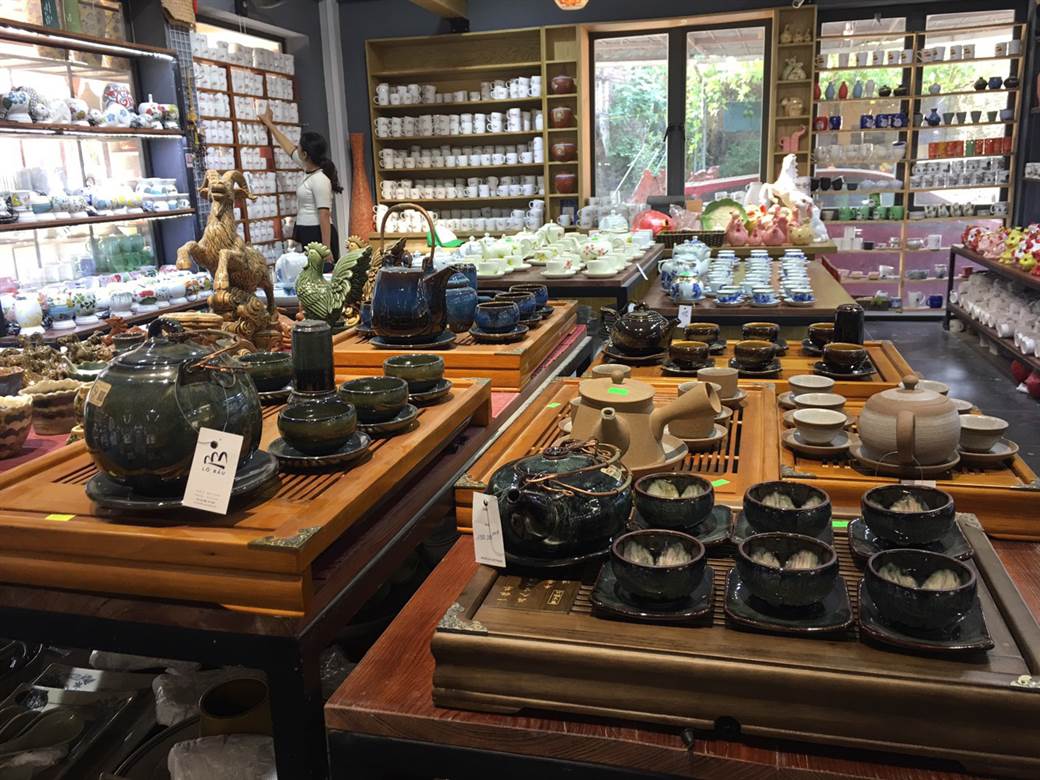
Most Beautiful Places to Visit in Vietnam: Essential Destinations and Insider Tips
3. Local Foods, Spices & Drinks
Vietnam’s culinary landscape offers a wealth of flavors to bring home, allowing you to recreate your favorite dishes and share Vietnam’s food culture with friends and family. The country’s diverse regional cuisines utilize distinctive ingredients that make excellent souvenirs lightweight, affordable, and capable of transporting you back to Vietnam with a single taste or aroma. At Phieu Travel, we consider food souvenirs essential purchases that continue providing enjoyment long after your journey ends.
3.1 Coffee & Tea
Vietnamese coffee stands among the world’s most distinctive coffee cultures, with robusta beans providing a strong, rich base for the country’s famous cà phê sữa đá (iced coffee with condensed milk). Coffee production thrives in Vietnam’s central highlands, particularly around Da Lat and Buon Ma Thuot, where ideal growing conditions produce beans with chocolate and nut undertones. When purchasing coffee beans, look for recently roasted beans from reputable shops that specify the region and processing method.
Beyond beans, consider bringing home a traditional Vietnamese coffee filter (phin). These small metal contraptions sit atop your cup, slowly dripping concentrated coffee through a metal filter. They cost just a few dollars and allow you to recreate the authentic Vietnamese coffee experience. Packaged coffee mixes containing condensed milk powder offer convenience for those seeking quick cà phê sữa đá at home, though true coffee enthusiasts should stick with fresh beans and separate condensed milk.
Vietnamese tea culture presents another rich source of souvenir options. Lotus tea (trà sen) stands out as particularly special tea leaves stored inside lotus blossoms absorb their delicate fragrance, creating a uniquely Vietnamese product. Green teas from the mountains of northern Vietnam offer distinctive character compared to Chinese or Japanese varieties, while artisanal tea shops in Hanoi and Ho Chi Minh City create fascinating blends incorporating local herbs and flowers.
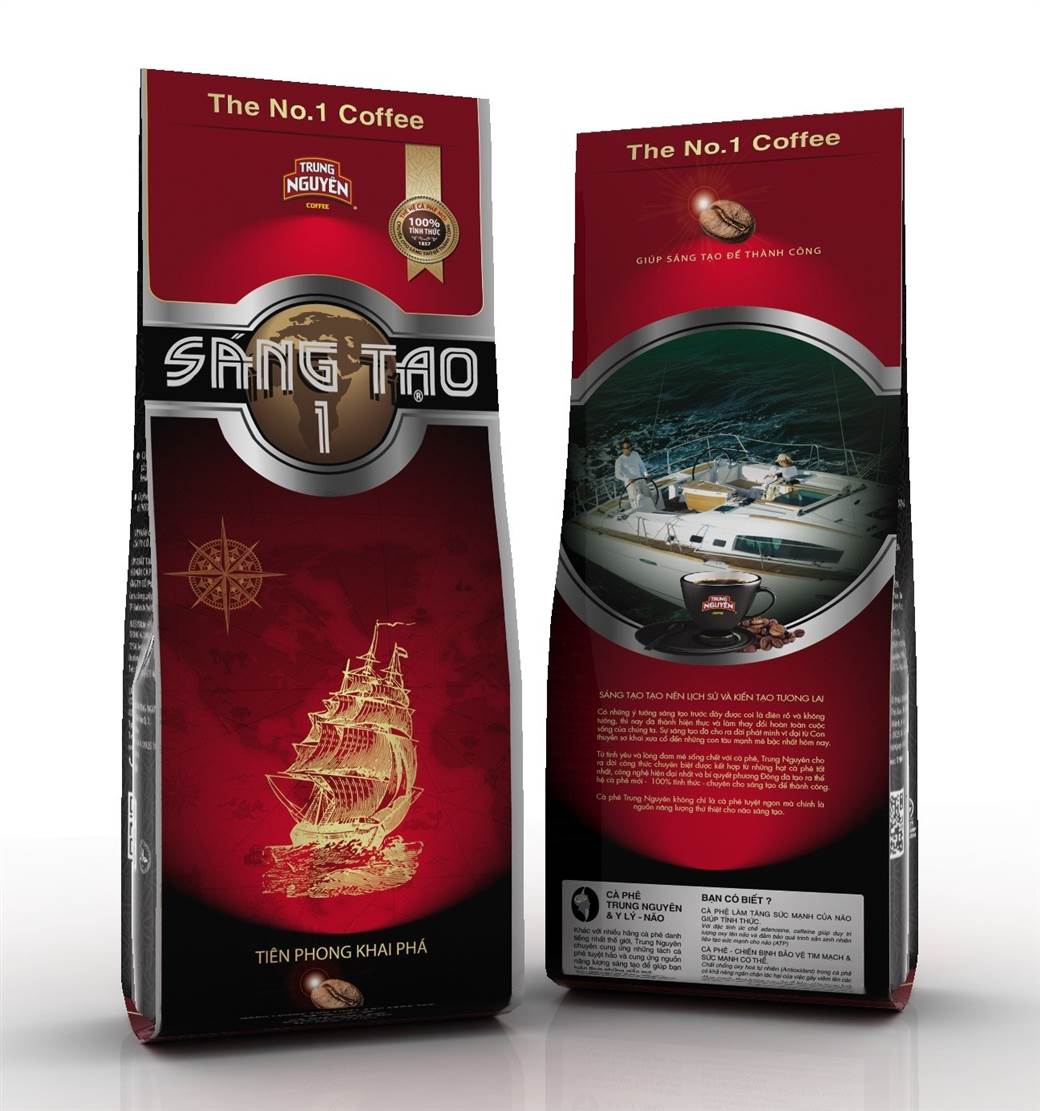
3.2 Street Snacks to Pack
Vietnamese snack foods provide delicious, packable souvenirs that introduce friends and family to the country’s flavor profiles. Dried fruit has been perfected into an art form in Vietnam, with everything from mango and jackfruit to more unusual options like dried young rice or dragon fruit. These preserved fruits often incorporate subtle spicing with chili, salt, or sugar, creating complex flavor combinations that showcase Vietnamese culinary creativity.
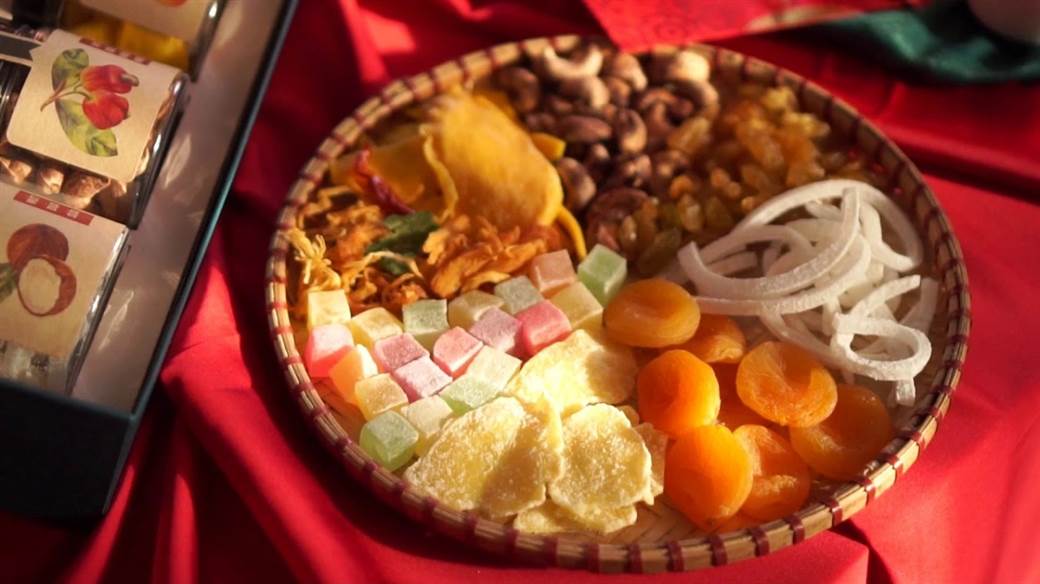
Packaged rice paper snacks, particularly those flavored with sesame or coconut, offer lightweight, durable souvenirs that survive long journeys. Similarly, roasted nuts and seeds often caramelized with sugar and spices provide affordable treats that capture Vietnamese snacking traditions. For something more substantial, consider vacuum-packed tea cookies or mứt (Vietnamese preserves) made from ginger, coconut, or winter melon.
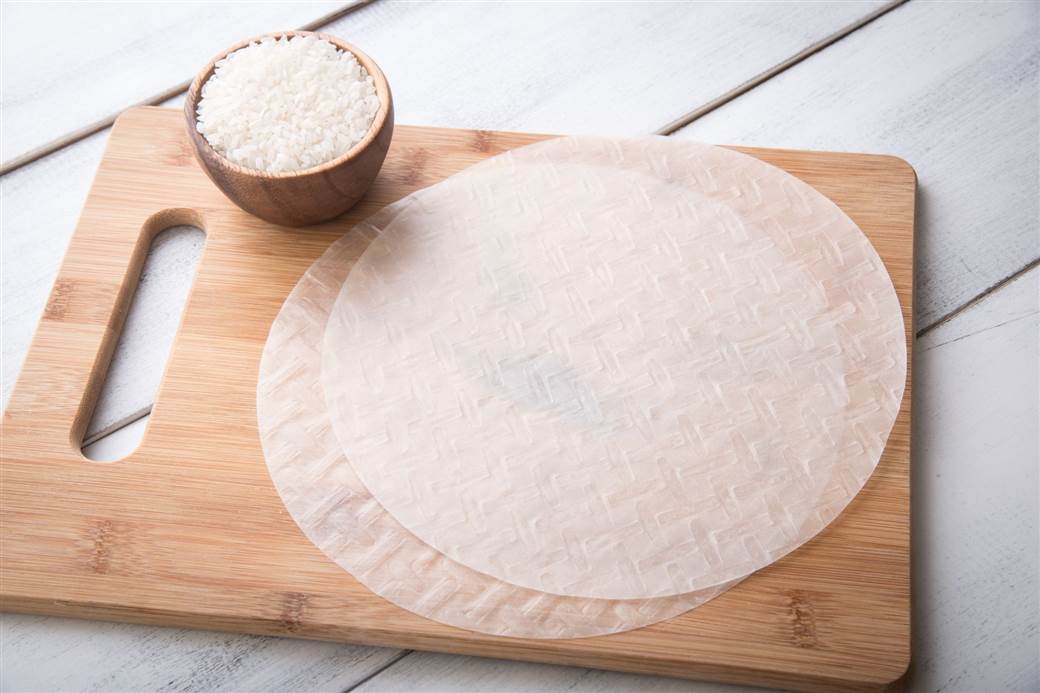
Spice blends constitute perhaps the most useful food souvenirs, allowing you to recreate Vietnamese flavors in your home kitchen. While individual spices like star anise, cinnamon, and cloves remain widely available outside Vietnam, pre-mixed combinations for specific dishes save time and ensure authentic proportions. Look for phở spice packets, lemongrass-chili salt, or five-spice blends in local markets or supermarkets, where prices remain substantially lower than in tourist shops.
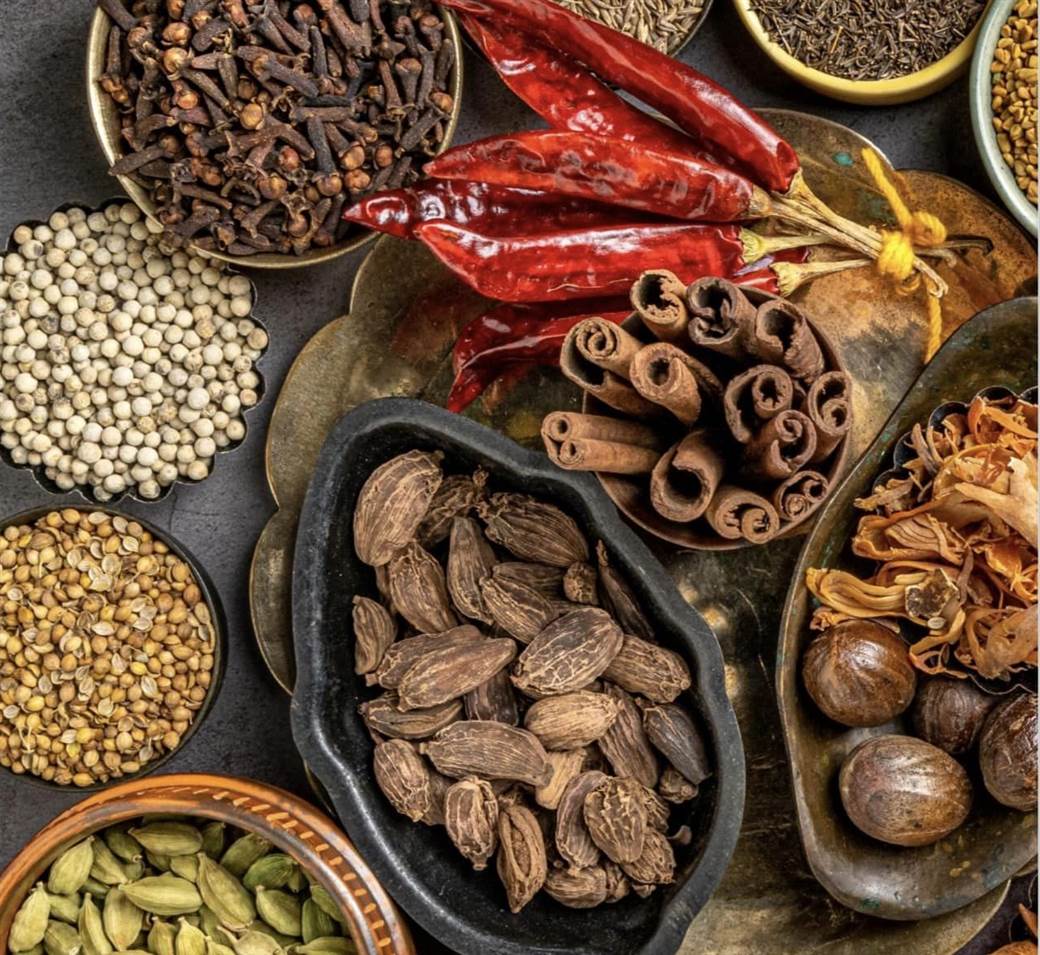
4. Fashion & Accessories
Vietnam’s fashion scene blends traditional craftsmanship with contemporary design sensibilities, offering visitors unique clothing and accessories unavailable elsewhere. From heritage textiles reinterpreted for modern wardrobes to cutting-edge designs from Vietnam’s emerging fashion talent, these wearable souvenirs provide daily reminders of your journey. At Phieu Travel, we’ve watched Vietnam’s fashion industry flourish over recent years, creating increasingly sophisticated offerings that merit space in your suitcase.
4.1 Silk, Ao Dai, and More
Vietnamese silk enjoys worldwide recognition for its exceptional quality, with production centered in villages like Van Phuc near Hanoi and Bao Loc in the central highlands. Traditional silk weaving techniques create fabrics with distinctive sheens and textures, from lightweight summer silks to more substantial winter varieties. While silk scarves and ties make popular souvenirs, consider also silk sleeping bags (perfect for travelers) or silk-filled pillows that combine luxury with practicality.
The ao dai, Vietnam’s national dress, showcases the country’s elegance and grace through its flowing silhouette and vibrant fabrics. While traditional ao dai require custom tailoring and multiple fittings, many shops offer modernized ready-to-wear versions that work as stylish tunics paired with pants or jeans. These contemporary interpretations maintain the ao dai’s graceful lines while adapting to international wardrobes and lifestyles.
Beyond silk, Vietnam produces exceptional cotton textiles, particularly in regions with ethnic minority populations. Handwoven cotton fabrics from Sapa, often featuring natural indigo dyes and supplementary weft techniques, transform into distinctive clothing with both aesthetic and ethical value. Shops in tourist centers offer these textiles sewn into Western-style clothing jackets, shirts, and dresses that incorporate traditional fabrics into contemporary silhouettes.
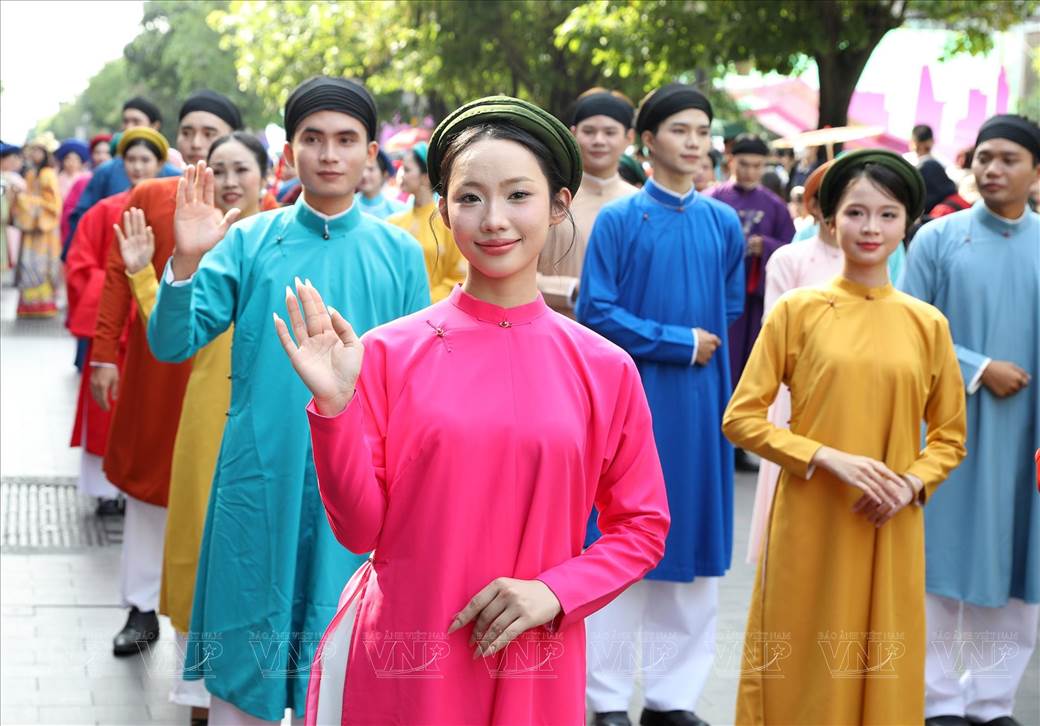
4.2 Designer and Boutique Options
Vietnam’s design scene has expanded dramatically over the past decade, with local designers creating sophisticated clothing, jewelry, and accessories that blend international trends with distinctly Vietnamese elements. In Ho Chi Minh City’s District 1 and Hanoi’s Old Quarter, concept stores showcase collections from emerging designers who often incorporate traditional techniques like embroidery or natural dyeing into contemporary designs.
Handbags and accessories made from repurposed materials exemplify Vietnamese creativity and growing environmental consciousness. Designers transform colorful rice bags, fishing nets, or billboard vinyl into durable, waterproof bags with uniquely Vietnamese character. These pieces not only make conversation-starting souvenirs but also support sustainable production practices and waste reduction initiatives throughout the country.
Jewelry designers in Vietnam work with materials ranging from traditional silver to contemporary acrylic and recycled elements. Silver jewelry from the northern highlands, particularly from Hmong and Dao artisans, features distinctive tribal motifs and substantial weight. More contemporary designers create pieces incorporating Vietnamese ceramics, lacquer techniques, or horn all materials with deep roots in Vietnamese craft traditions reimagined for modern sensibilities.
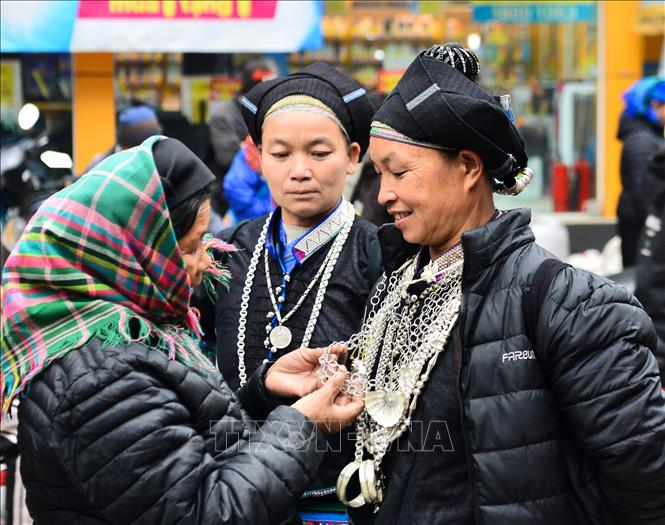
Brocade Clothes in Ha Giang: 6 Ethnic Styles You Should Know
5. Shopping Destinations & Markets
Knowing where to shop proves just as important as knowing what to buy in Vietnam. The country offers diverse shopping environments, from chaotic traditional markets to sophisticated boutiques and department stores. Each shopping venue provides different advantages authentic local experiences, bargaining opportunities, or comfort and convenience. At Phieu Travel, we recommend experiencing various shopping environments to fully appreciate Vietnam’s retail landscape and find the perfect souvenirs for your budget and preferences.
5.1 Regional Highlights (Hanoi vs HCMC)
Hanoi’s shopping scene reflects the city’s 1,000-year history, with specialized streets dedicated to particular products a tradition dating back to the 13th century. Hang Gai (“Silk Street”) remains the premier destination for textile lovers, while Hang Bac specializes in silver jewelry and Hang Trong in traditional paper products and paintings. The Old Quarter’s narrow streets house thousands of small shops, many still owned by families who have practiced their crafts for generations.
Ho Chi Minh City offers a more contemporary shopping experience, with modern malls alongside traditional markets. For high-end Vietnamese designer goods, head to boutiques along Dong Khoi Street or in the recently developed Thao Dien neighborhood. Ben Thanh Market provides a one-stop souvenir shopping experience, though prices start high and require negotiation. For better values on similar items, venture to binh Tay Market in Chinatown (Cholon), where fewer tourists mean more reasonable starting prices.
Regional cities offer distinctive shopping opportunities focused on local specialties. Hoi An’s tailors create custom clothing with remarkable speed and skill, while the city’s lantern makers produce Vietnam’s most beautiful paper and silk lanterns. In Hue, conical hat villages create the country’s finest examples with poetry hidden between layers of palm leaf. Da Lat specializes in food products from the surrounding agricultural region, including excellent coffee, tea, dried fruits, and preserves.
5.2 Night Markets, Boutiques, Malls
Night markets throughout Vietnam provide atmospheric shopping experiences alongside cultural immersion and street food opportunities. Hanoi’s Weekend Night Market transforms the Old Quarter on Friday through Sunday evenings, with stalls selling everything from souvenirs to clothing and street snacks. Similar markets operate in Hoi An, Nha Trang, and Ho Chi Minh City, offering extended shopping hours and cooler temperatures for comfortable browsing.
For curated shopping experiences, Vietnam’s growing number of concept stores and boutiques combine multiple local brands under one roof, often with attached cafés or exhibition spaces. These shops typically feature fixed pricing but offer unique items unavailable elsewhere, including limited-edition collaborations between designers and traditional artisans. Stores like Collective Memory in Hanoi and L’Usine in Ho Chi Minh City showcase Vietnam’s emerging design talent alongside ethically sourced traditional crafts.
Vietnam’s major cities now boast international-standard shopping malls that house both global brands and local designers in air-conditioned comfort. While these malls may lack the cultural experience of traditional markets, they offer convenient one-stop shopping with reliable quality, fixed prices, and tax refund services for tourists. For travelers seeking both souvenirs and everyday necessities, these malls provide hassle-free shopping experiences with familiar amenities like food courts and clean restrooms.
6. Essential Shopping Tips & Customs
Understanding Vietnamese shopping customs enhances both your experience and outcomes when seeking things to buy in Vietnam. Cultural awareness helps you navigate markets effectively, build rapport with vendors, and secure fair prices without causing offense. At Phieu Travel, we emphasize responsible tourism practices that ensure positive interactions for both visitors and local communities, creating shopping experiences that benefit everyone involved.
6.1 Bargaining and Etiquette
Bargaining remains expected in Vietnamese markets and small shops, though not in department stores or boutiques with marked prices. Approaching negotiation as a friendly conversation rather than a battle creates more positive experiences and often yields better results. Begin by establishing rapport greet the vendor with a simple “xin chào” (hello) and show genuine interest in their products before discussing price.
When a vendor quotes an initial price, respond with a counteroffer approximately 40-50% lower, then work toward a middle ground through several rounds of negotiation. Use a calculator or pen and paper to communicate numbers clearly, avoiding confusion or misunderstandings. Throughout the process, maintain a smile and good humor if the price doesn’t reach a level you find acceptable, politely thank the vendor and move on without making a purchase.
Certain cultural considerations should guide your shopping behavior. Avoid touching merchandise excessively, particularly valuable items like silk or lacquerware. When examining fabric or clothing, use your whole hand rather than just one finger, which can appear disrespectful. If you photograph merchandise or shops, first ask permission, especially when people appear in your frame. These small courtesies demonstrate respect for local customs and often lead to more positive shopping experiences.
6.2 Payment Options and Tax Refunds
Cash still dominates Vietnamese retail transactions, particularly in markets and small shops. The Vietnamese dong (VND) serves as the primary currency, though some tourist-oriented businesses accept US dollars. ATMs throughout major cities provide easy access to local currency, typically with withdrawal limits around 2-3 million VND per transaction. For larger purchases, high-end shops increasingly accept major credit cards, though they may add a 3-5% processing fee.
Digital payment platforms have transformed urban Vietnamese commerce, with many vendors now accepting payments through apps like VNPay or Momo. While these platforms primarily serve local users, some international tourists successfully use them through Vietnamese friends or guides. For extended stays, consider opening a local bank account or acquiring a Vietnamese payment app for more convenient transactions throughout your journey.
Vietnam offers VAT refunds for tourists on purchases exceeding 2 million VND (approximately $85 USD) made at participating stores. To qualify, request a VAT refund form at the time of purchase and ensure the seller completes it correctly with both your passport details and the store’s tax information. Submit these forms at the airport before departure, allowing extra time for processing. While the system sometimes operates inefficiently, substantial purchases can yield meaningful refunds worth the additional paperwork.
Vietnam offers a shopping experience like no other, blending ancient craftsmanship with contemporary innovation across a spectrum of products that tell the country’s rich cultural story. From meticulously embroidered textiles to aromatic coffee beans, the things to buy in Vietnam create lasting connections to this fascinating country long after your journey ends. We at Phieu Travel hope this guide enhances your shopping adventures, helping you discover meaningful souvenirs that capture the essence of your Vietnamese experience. For personalized shopping tours and insider access to Vietnam’s best artisans, visit us at Phieutravel.com.
Read more:
- Best places to visit in Northern Vietnam a complete 2025 guide
- Top 4 rice fields Vietnam destinations & perfect times to go
- Driving License Requirements for Vietnam Motorbike Loop (2025 Guide)

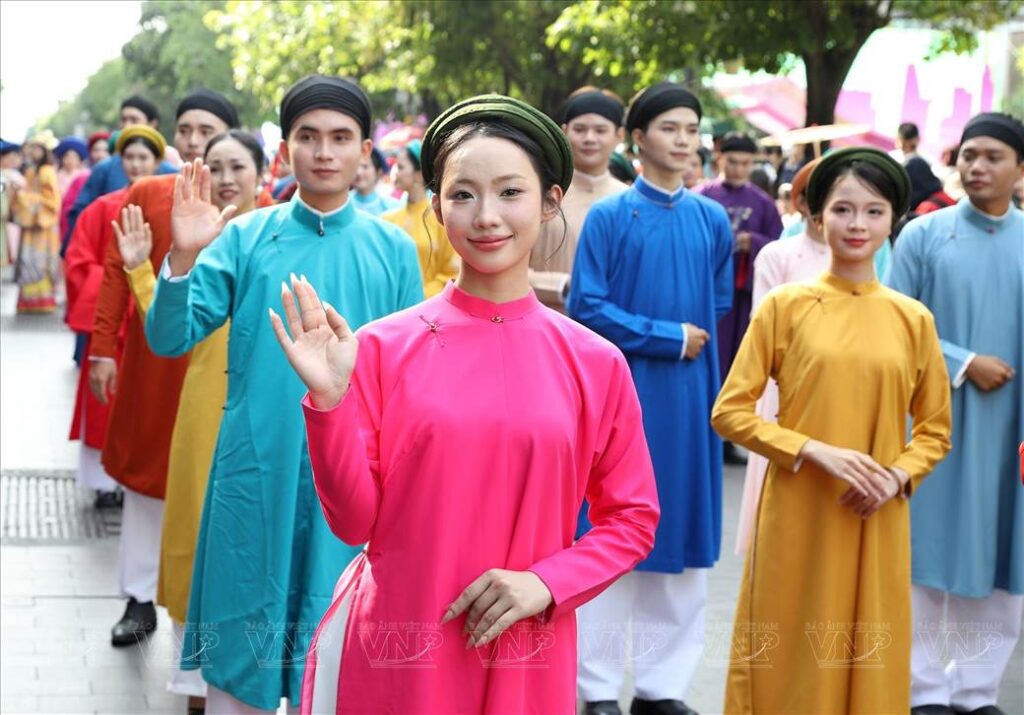
You Might Also Like
Ha Giang Weather in September: Complete Guide for Travelers
Exploring the magnificent Ha Giang Loop in September offers travelers a perfect balance of favorable[...]
Quan Ba Twin Mountains: Ha Giang’s Iconic Fairy Hills and Complete Travel Guide
The mystical Quan Ba Twin Mountains rise from the emerald valleys of Ha Giang like[...]
Vuong family mansion: the architectural marvel and cultural legacy of Ha Giang
Deep in Vietnam’s northern highlands, where mist-shrouded mountains meet terraced rice fields, stands a testament[...]
Ha Giang Loop Safety Tips: How to Ride Securely in Vietnam’s Northern Mountains
The Ha Giang Loop, with its winding mountain roads and breathtaking landscapes, offers one of[...]
The Ultimate Guide to the M-Shaped Curve on Ha Giang Loop
Vietnam’s remote northern province of Ha Giang hides a natural wonder that has captivated adventurous[...]
Most Beautiful Places to Visit in Vietnam: Essential Destinations and Insider Tips
Vietnam captivates travelers with its stunning landscapes, rich cultural heritage, and warm hospitality. From mist-shrouded[...]
Beyond the Beaten Path: Discovering Ha Giang Province in Northeast Vietnam
Ha Giang Province in Northeast Vietnam stands as one of the country’s last frontiers for[...]
Rainy season in Ha Giang: what to expect, when to go, and travel tips
Vietnam’s northern frontier reveals a different face during the rainy season, transforming Ha Giang’s limestone[...]